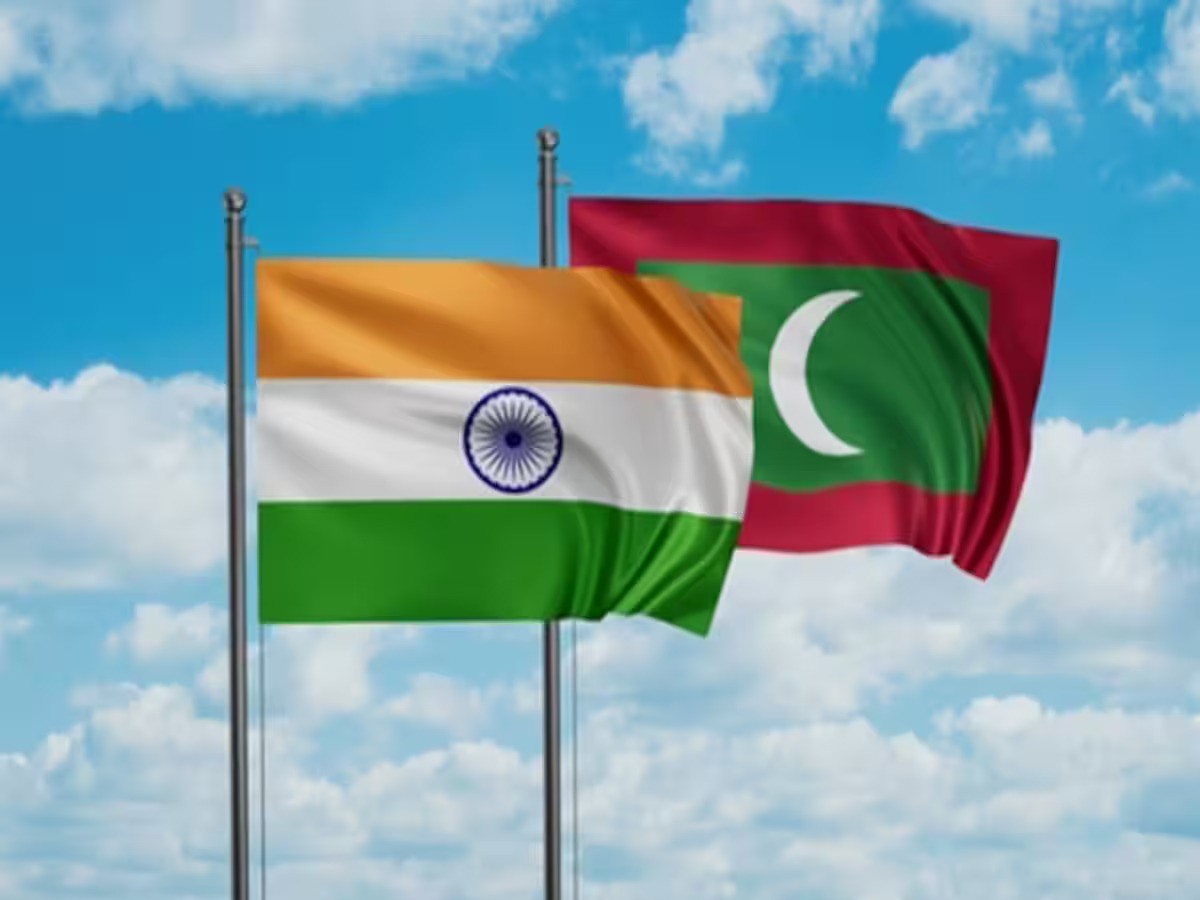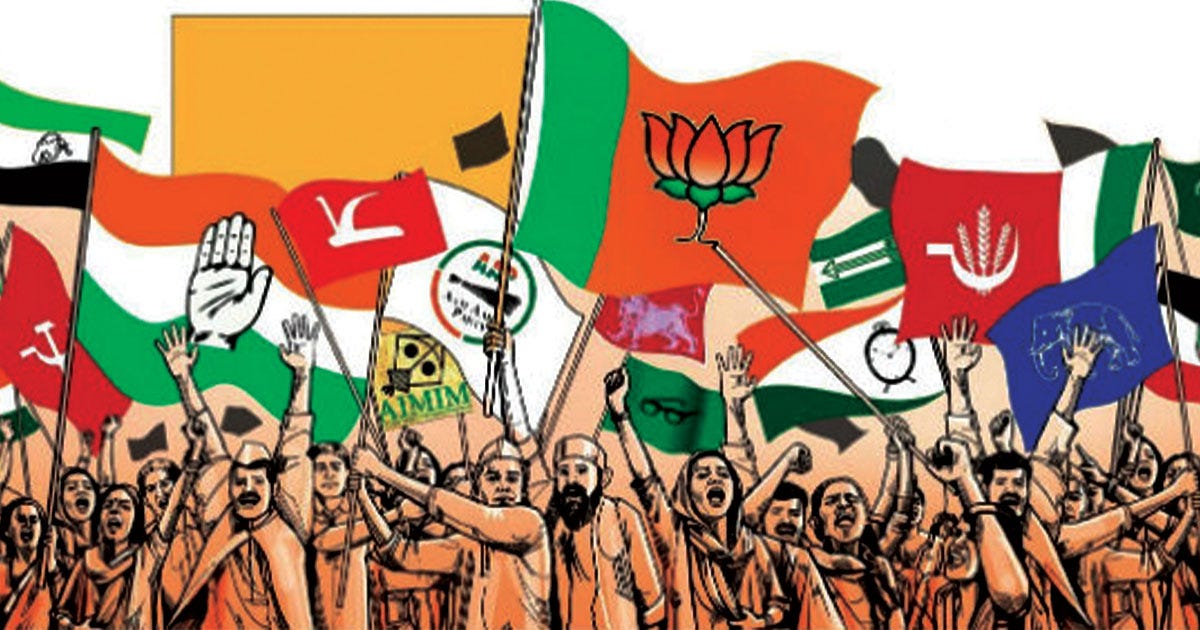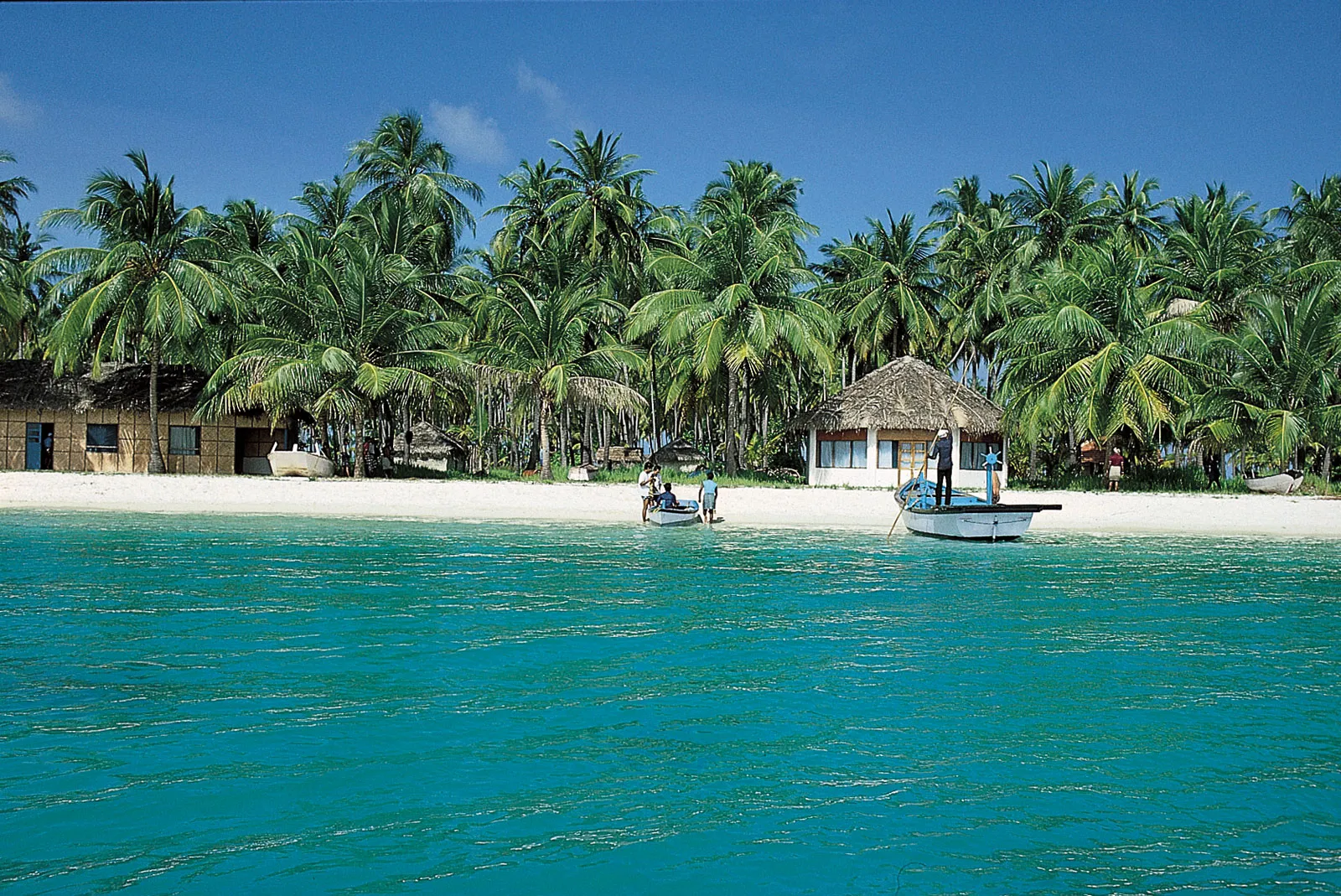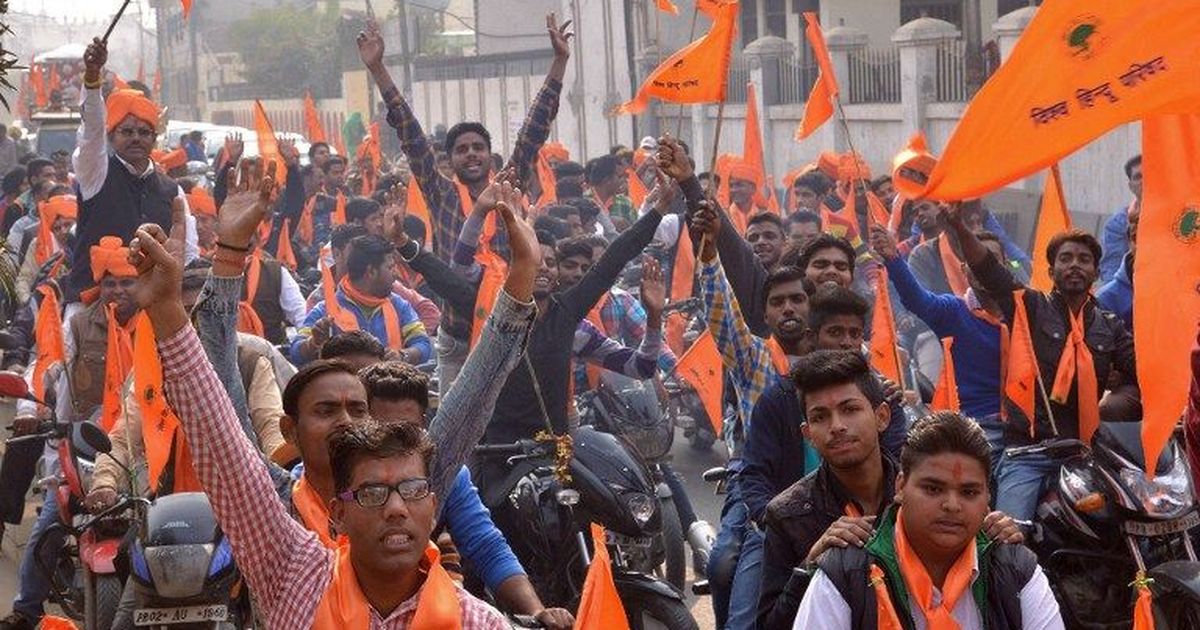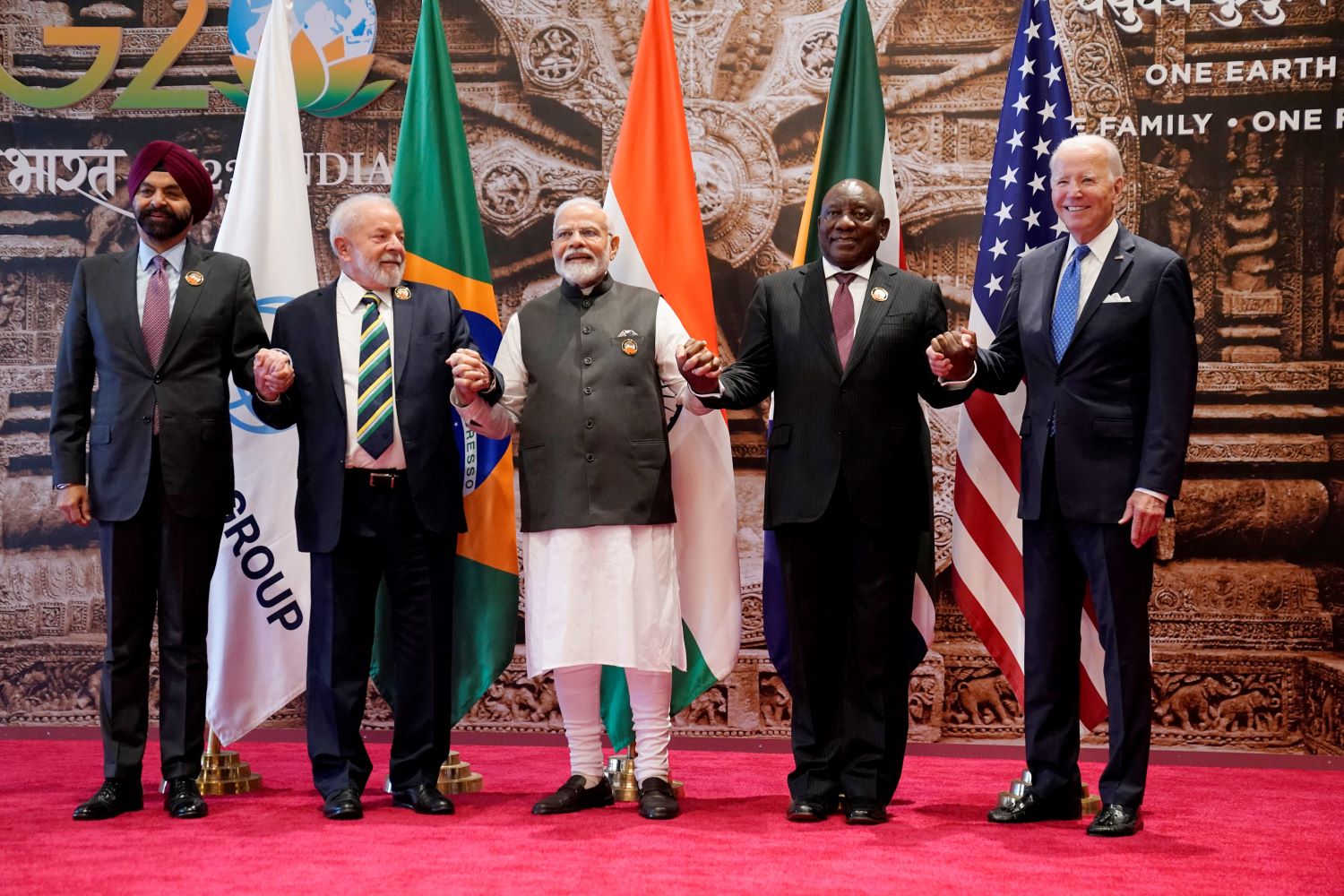Prime Minister Narendra Modi’s visit to Lakshadweep sparked recent diplomatic friction between India and the Maldives. The problem has since grown to encompass tourism, political posturing, and the delicate balance of regional dynamics. This article explores the historical background of India-Maldives ties, the strategic importance of Lakshadweep, and the possible effects of this diplomatic impasse on the travel and tourist sectors and the global geopolitical scene.
After PM Modi’s visit, Lakshadweep—which is located about 220-440 miles off the coast of Kerala—became a major topic of discussion around the world. This tropical paradise, which consists of 36 islands dispersed over 32 square kilometres, is known for its abundant marine life and coral reefs. Lakshadweep has become a major tourist destination in India because of PM Modi’s social media posts displaying the area’s immaculate beaches and underwater wonders. These images have garnered great interest abroad.
With a 7,516-km coastline that includes the mainland, the Andaman and Nicobar Islands, and Lakshadweep, India has one of the longest coasts in the world. Though well-known travel locations like Goa, Kerala, and the Andaman Islands are well-known, the coasts of Bengal, Odisha, Maharashtra, Tamil Nadu, Kerala, Andhra Pradesh, and Karnataka still offer a lot of unrealized potential. It will take coordinated efforts to promote water sports, improve air connectivity, and expand infrastructure in order to realise this potential.
Domestic travel has a lot of potential, but there are obstacles, such as expensive flights and rising accommodation rates. Travel agencies have often demanded that the government step in to control the cost of domestic travel. Once thought of as an exclusive and expensive destination, the Maldives purposefully opened mid-market hotels to Indian travellers at low prices both during and after the pandemic, drawing their focus away from home travel destinations.
The Indian Association of Tour Operators’ president, Rajiv Mehra, discusses the difficulties Lakshadweep has in competing with the Maldives. Lakshadweep’s tourism potential is hampered by poor infrastructure, poor connectivity, and bureaucratic roadblocks such as required police clearance certificates. In spite of these obstacles, PM Modi’s visit has inspired optimism because more tourists could lead to the locals’ economic growth.
Beyond a single episode, the recent diplomatic rift between India and the Maldives is a reflection of underlying concerns. The historically close relations between India and the United States have been damaged by President Mohamed Muizzu’s anti-Indian stance, which was made clear during his election campaign. His defiance of accepted diplomatic protocol—selecting Turkey over India for his first official visit—as well as his unwillingness to extend contracts relating to infrastructure indicate a major change in the Maldives’ foreign policy.
A careful balancing act is revealed for nations like the Maldives when considering the larger context of regional dynamics. Muizzu’s government is facing challenges in balancing its ties with China and India, the two dominant regional powers, and may suffer long-term repercussions for diplomatic and interpersonal interactions. The Maldives should continue to take a balanced stance in spite of local posturing, as historical recognition of India’s significance as a security ally and an essential economic anchor should direct the Maldives.
India and the Maldives have a close relationship because of tourism, with Indians making up the majority of visitors to the Maldives. Maldivian politicians’ recent disparaging remarks about Prime Minister Modi have caused a great deal of indignation in India, resulting in travel plans being cancelled and the popular hashtag #BoycottMaldives emerging. The Maldives suspended the implicated ministers, and India used diplomatic channels to voice its disapproval. Both countries reacted swiftly.
The current diplomatic spat between India and the Maldives may have unintended effects on tourism and bilateral ties in general. Given the difficulties and rivalry presented by well-known travel destinations like the Maldives, Lakshadweep’s potential as a tourism destination ought to be fostered. This diplomatic impasse is made even more complex by the changing geopolitical environment in the Indian Ocean region, which highlights the importance of cautious diplomacy and a sophisticated awareness of each other’s sensitivities.
The diplomatic spat between India and the Maldives provides a thorough case study, illustrating the complex interactions between travel, politics, and local dynamics. The potential of Lakshadweep as a tourist destination should be wisely utilised, taking into account the difficulties and rivalry with well-known travel spots like the Maldives. The impact on tourism and larger bilateral relations while both countries work through this diplomatic crisis underscores how important it is to practice cautious diplomacy and regard for one another’s sensitivities in order to build long-lasting partnerships.
